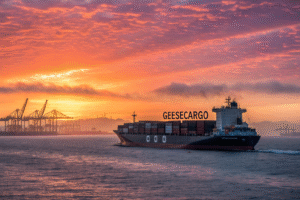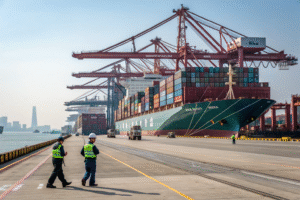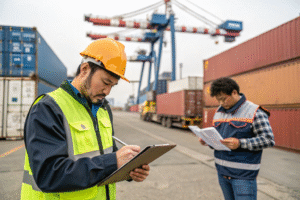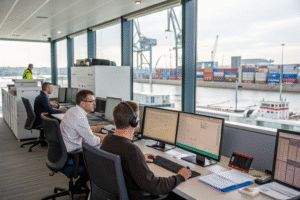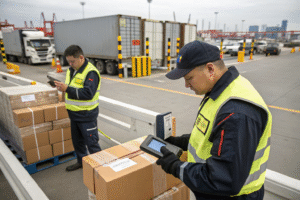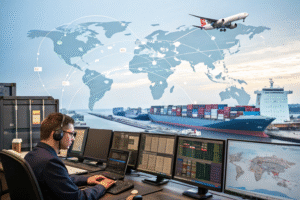Shipping delays cost more than time — they can cost sales, cash flow, and customer trust. That’s why experienced importers rely on freight forwarders not just to move cargo, but to move it faster.
Freight forwarders optimize shipping timelines by planning smarter routes, managing customs in advance, tracking cargo in real time, and coordinating multimodal solutions for maximum efficiency.
When time matters, strategy matters. Here’s how a professional freight partner like GeeseCargo keeps your delivery on schedule — from port to warehouse.
Route planning strategies for faster delivery
Not all shipping lanes are equal. Some ports are faster. Some carriers are more reliable. A smart forwarder doesn’t just choose the cheapest route — they choose the right one for your timeline.
Freight forwarders shorten delivery times by selecting optimal ports, avoiding congested hubs, and choosing carriers with strong on-time records.
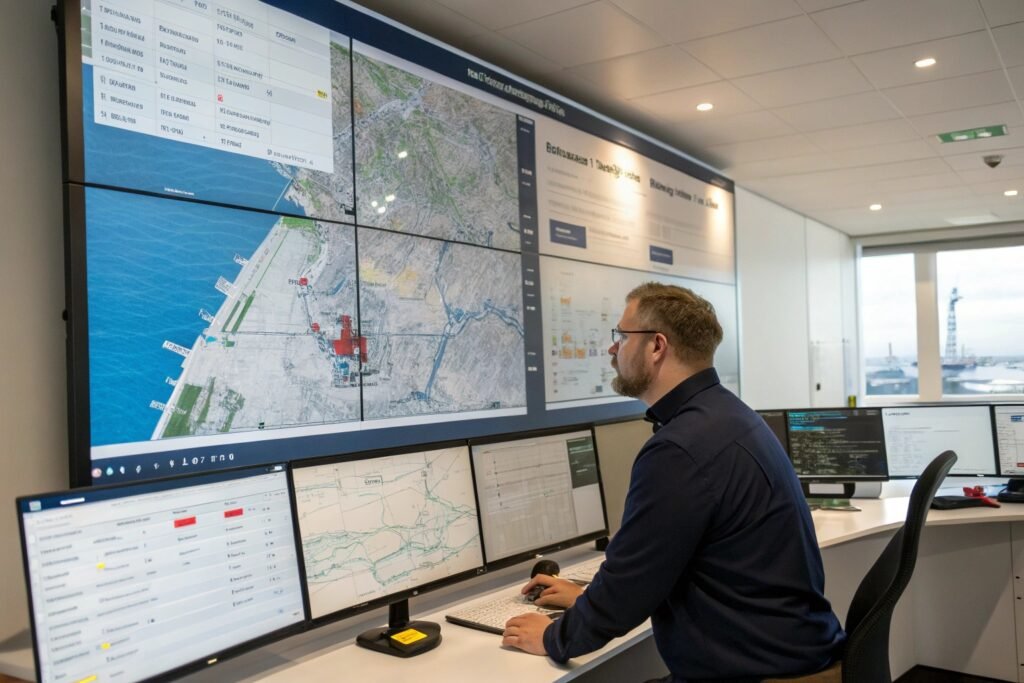
What routing strategies do we use?
| Strategy | Why It Works |
|---|---|
| Use less-congested ports | Avoid delays at overbooked terminals |
| Choose direct routes | Fewer transshipments = fewer risks |
| Prioritize fast carriers | Higher cost, but guaranteed speed |
| Match factory to port proximity | Reduces inland trucking delays |
| Plan for seasonal slowdowns | Avoids peak-season bottlenecks |
At GeeseCargo, we often recommend:
- Ningbo over Shanghai during Golden Week
- Oakland or Tacoma over LA/Long Beach when West Coast is congested
- Early-week sailings to reduce rollover risks
We also compare carrier performance data — so your shipment moves with the most reliable vessels.
How early planning makes a difference
Booking 2–3 weeks ahead allows:
- Reserved vessel or flight space
- Time to prepare customs documents
- Buffer against factory delays
Result: fewer surprises, smoother delivery.
How forwarders reduce delays at ports and customs
Even if your route is fast, cargo can still get stuck in customs or at the port gate. This is where a forwarder’s document control and customs experience saves time.
Freight forwarders reduce port and customs delays by ensuring accurate paperwork, pre-clearing entries, and coordinating release procedures before cargo arrives.
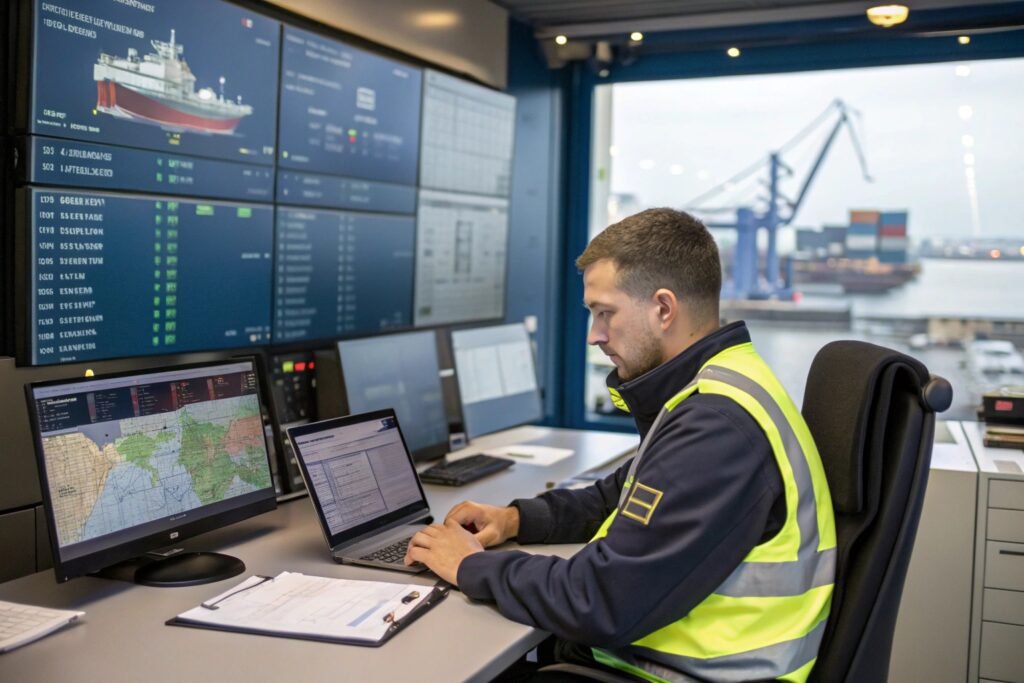
What slows down shipments at port?
| Delay Source | Impact |
|---|---|
| Incorrect paperwork | Customs holds cargo until corrected |
| Misdeclared HS codes | Triggers manual inspection |
| No customs bond filed | Shipment can’t be cleared |
| Late document submission | Misses clearance window |
| Unpaid port charges | Terminal won’t release goods |
What do we do to prevent these?
| Forwarder Action | Time Saved |
|---|---|
| Pre-clear customs entry | 1–2 days saved at destination |
| Match invoice to HS classification | Avoids reclassification delays |
| File ISF for ocean shipments early | Prevents penalties and clearance delay |
| Manage payment of duties/taxes (DDP) | No importer-side lag |
| Coordinate with bonded warehouses | Fast final delivery handoff |
Our average DDP clearance time for U.S.-bound shipments is under 24 hours — because we prepare documentation while your goods are still at sea.
Role of real-time tracking in timeline management
Even the best plan can go off-course. That’s why visibility matters. Knowing where your cargo is — and whether it’s on schedule — lets you act fast if something changes.
Freight forwarders use real-time tracking to monitor shipment progress, flag delays early, and keep importers updated — allowing adjustments before problems grow.
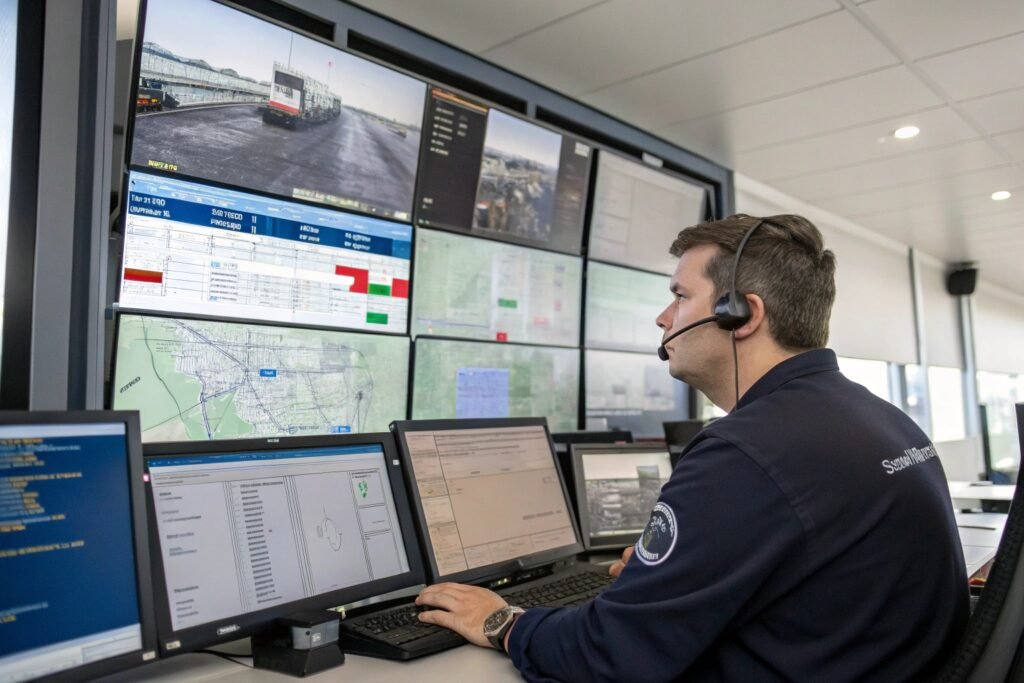
What tracking data helps optimize time?
| Data Point | Use |
|---|---|
| Vessel or flight status | Confirms actual departure and arrival |
| Port ETA adjustments | Warns of potential delay at unloading |
| Customs entry status | Shows if shipment is being held |
| Last-mile delivery scan | Confirms final delivery progress |
At GeeseCargo, our tracking system provides:
- Automated ETD/ETA updates
- Customs clearance notifications
- Alerts if container is rolled, delayed, or stuck
- Support team follow-up if events change
Clients can log in anytime or receive email and WhatsApp updates when milestones change.
Can tracking actually save time?
Yes — because you can:
- Rebook delivery slots if cargo is early or late
- Alert your buyer or warehouse to prepare
- Begin customs discussions in parallel
- Flag suppliers or carriers for future improvements
This proactive approach can reduce end-to-end delivery time by 2–5 days on average.
Coordinating multimodal transport for time efficiency
One shipment, one mode? Not always ideal. Sometimes the fastest way to deliver is by mixing sea, air, rail, or road. Forwarders plan multimodal routes that cut time without breaking your budget.
Multimodal shipping combines sea, air, or rail with trucking to create faster, more flexible delivery timelines — especially for inland or time-sensitive destinations.
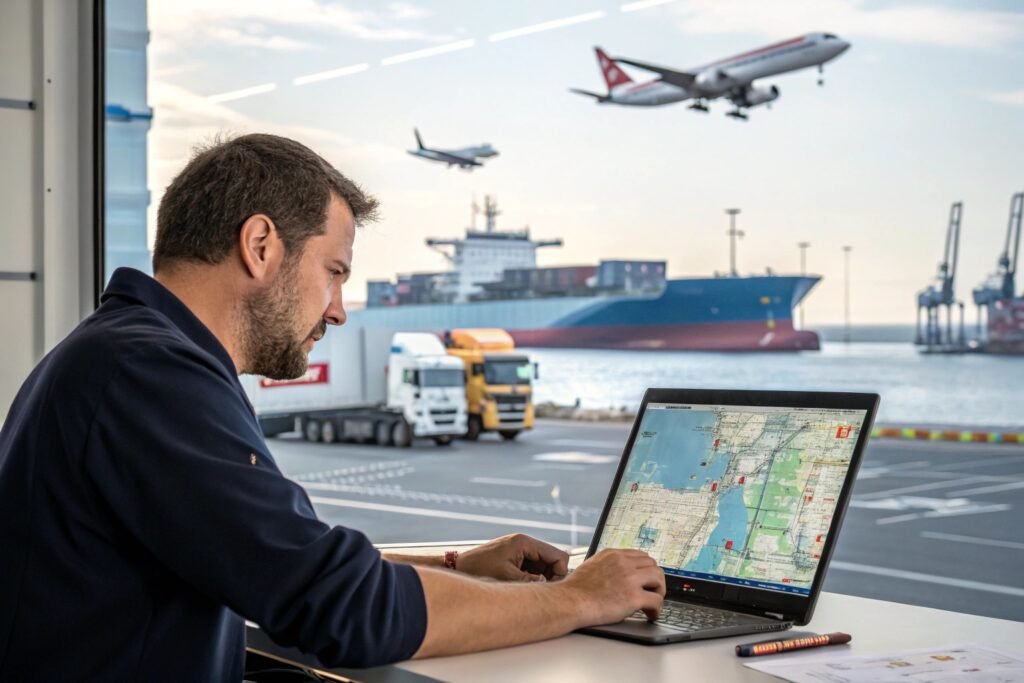
When does multimodal make sense?
| Scenario | Mode |
|---|---|
| Urgent stock replenishment | Air → Truck |
| Faster than sea but cheaper than air | Rail → Truck |
| East Coast delivery from Southern China | Sea → Rail |
| High-volume, staggered deliveries | Ocean → Air for first batch, rest by FCL |
Example:
A client needed goods in Chicago within 12 days. Sea wasn’t fast enough. Air was too costly. We used:
- Rail from Zhengzhou to Duisburg
- Air freight from Frankfurt to Chicago
- Total time: 11 days
- Cost: 60% less than China–USA direct air
What’s required for success?
- Tight scheduling between each mode
- Reliable carriers at each step
- Customs and document coordination at every junction
- Clear communication between hubs
At GeeseCargo, we manage multimodal moves like a relay race — where every handoff is timed and tracked for efficiency.
Conclusion
Fast shipping doesn’t happen by accident. It takes planning, real-time awareness, customs readiness, and — often — the right mix of transport modes. A skilled freight forwarder like GeeseCargo connects all these dots, giving your supply chain the speed, flexibility, and reliability it needs to stay competitive.

